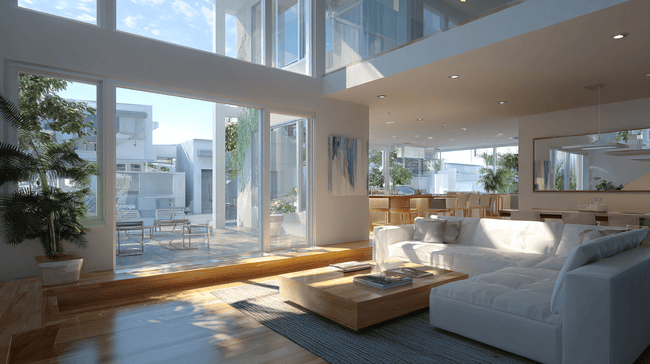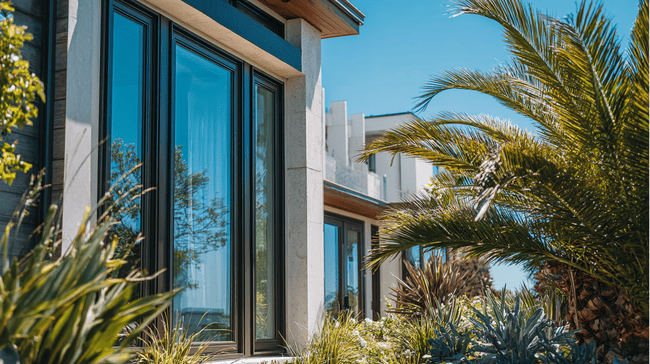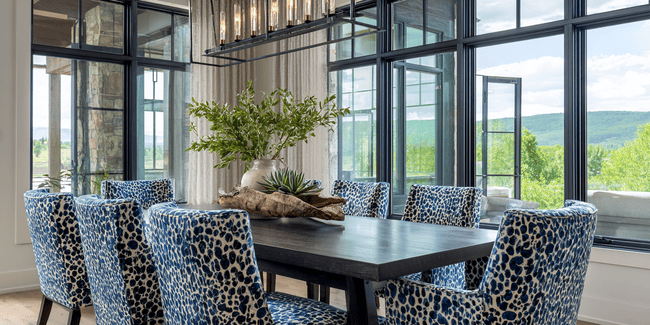Designing Windows for Maximum Light and Space
Designing windows for maximum light and space in your home involves thoughtful planning, strategic selection, and smart placement, delivering both beauty and function. If you’re considering Huntington Beach, CA Window Replacement to upgrade your residence or new build, knowing how to approach your window design will help transform dark interiors into bright retreats that feel open and welcoming.
Position Windows for Optimal Sunlight
The orientation of each window determines how much sunlight enters your rooms at different times of the day. North-facing windows offer consistent daylight without harsh glare—ideal for studios or living rooms needing steady illumination. South-facing windows capture the most extended sunlight hours all year; these are best suited for frequently used family areas where brightness is a priority. East-facing windows bring gentle morning light perfect for kitchens and bedrooms. West-facing ones deliver powerful afternoon rays but may require shading solutions to manage heat. Strategically spread larger window units across main gathering spaces—like living rooms—and opt for smaller, more private designs (often with frosted or high glazing) in bathrooms or bedrooms needing both daylight and privacy.
Maximize Window Size and Shape
Large glass openings are key to boosting natural illumination indoors. Picture windows—fixed fabrications with expansive panes—flood interiors with uninterrupted sunshine while showcasing outdoor views beautifully. Floor-to-ceiling glass allows sunlight to penetrate deep inside even spacious homes; consider installing sliding doors in open-plan layouts adjoining patios or gardens so daylight travels further indoors. Shape also matters: rectangular designs deliver classic versatility. Arched windows introduce elegance while increasing light spread above eye level. Accent shapes like circles can add visual impact through unique patterns of brightness during peak sun hours.
Embrace Open Layouts
High ceilings paired with open floor plans allow sunlight from any single window source to reach several zones within a home simultaneously—a principle embraced across modern architectural trends. Without walls blocking incoming beams, spaces appear larger as rays travel freely between connected rooms. Multipurpose areas such as combined kitchen-dining-living zones can benefit significantly from shared natural lighting: using reflective materials on surfaces (glass backsplashes, polished floors) amplifies the distribution effect throughout adjacent spaces.
 Enhance Light Through Glass Technology
Enhance Light Through Glass Technology
Window efficiency isn’t just about size—it’s also about the type of glazing used.
• Low-E glass: Features a transparent ceramic coating that admits visible light but bounces solar heat outside during summer (and indoor warmth back inside during winter). This means better comfort even as you increase exposed surface area.
• Double/triple glazing: These multi-pane structures improve insulation without reducing internal brightness—they keep City homes quieter while supporting year-round energy savings via temperature stability. Choose clear glass wherever possible if maximum illumination is essential; opt for tints only if mitigating excess heat in west/south orientations.
Use Higher Windows & Skylights Where Walls Limit Sunshine
If wall space isn’t sufficient—or internal rooms lack exterior walls altogether—incorporate clerestory fixtures (high on upper parts of walls) so beams scatter widely before fading out below ceiling level. Skylights add overhead sunshine into corridors, bathrooms, stairwells or lofts normally starved of direct exposure; solar tube installations funnel external light down into those hard-to-reach spots elegantly—all increasing openness without added square footage requirements.
Smart Interior Design Amplifies Brightness Effect
Light-colored finishes on walls reflect rather than absorb sunbeams flowing through well-designed window placements: whites and soft neutrals improve ambient glow noticeably compared to darker tones which create shadowed corners even near large apertures. Strategic use of mirrors doubles perceived sunlight by bouncing rays back into central areas—especially effective opposite substantial glass features. Sparing use of sheer curtains filters intensity gently without hindering full-room illumination; heavier drapes may be reserved exclusively for hot late afternoons when needed.
Energy Efficiency Matters When Maximizing Light
Balancing plenty of natural radiance against unwanted heat gain/loss calls for performance-focused choices:
• Look for ENERGY STAR–rated frames matching local climate needs
• Prioritize tight seals and insulated spacers so expanded surface area doesn’t compromise year-round comfort
These steps ensure greater enjoyment from increased visibility alongside lower utility costs over time.
Partner with Experts
Contact Mancino Door & Window, Inc., with experts who understand every nuance involved—from frame material matching design goals down to precise orientation mapping—to ensure each City project enjoys maximum value per investment.
Conclusion
For homeowners who want bright—and truly open-feeling interiors—the right approach starts by considering these key strategies when designing Huntington Beach, CA Window Replacement so every room benefits from healthy doses of daylight backed by timeless elegance.




